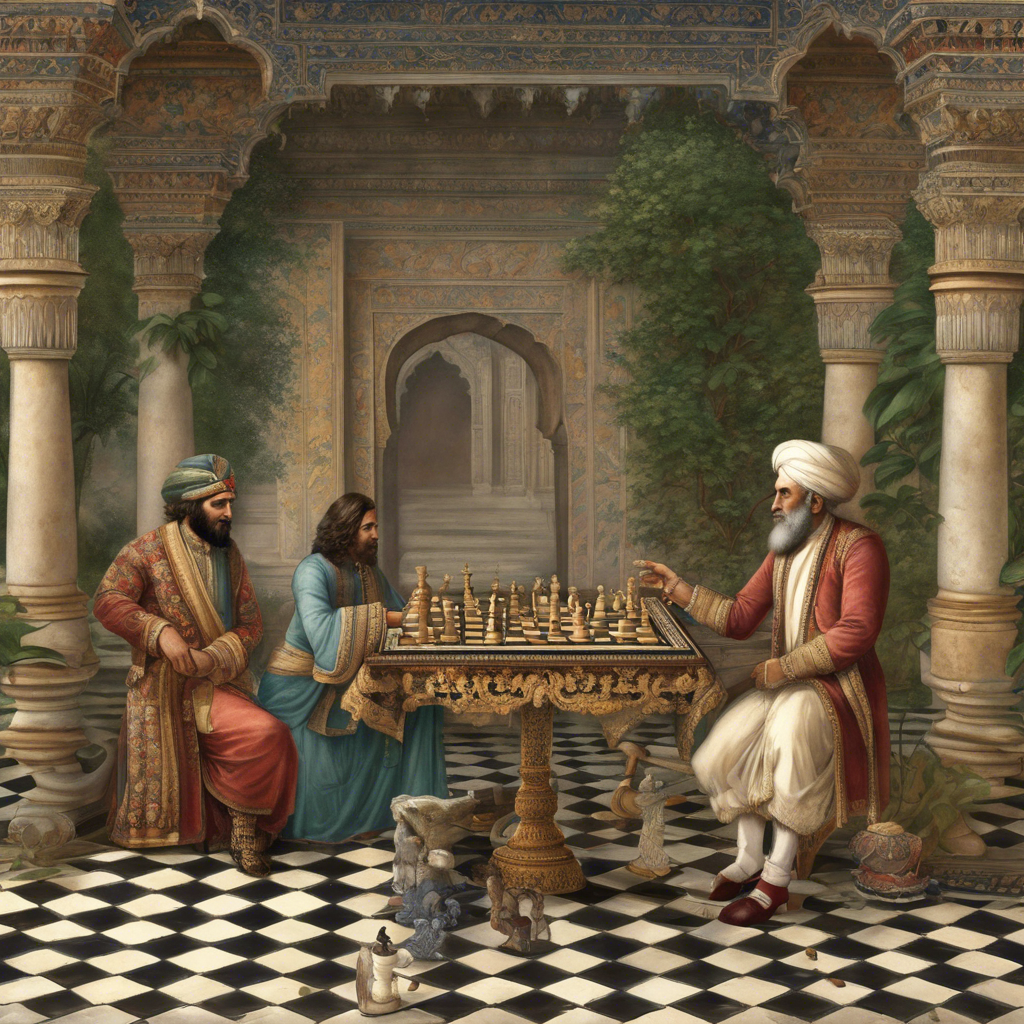What is the origin of chess?
The Ancient Game of Kings: Uncovering the Origins of Chess
Chess is a two-player strategy board game with a rich and fascinating history that spans over 1500 years. The game has evolved significantly since its inception, but its core elements have remained the same. Despite its widespread popularity, the origins of chess remain a topic of debate among historians and scholars. In this article, we will delve into the history of chess and explore its evolution from ancient India to its modern form.
Ancient India: The Birthplace of Chess
Most historians agree that chess originated in ancient India during the Gupta Empire (320-550 AD). The game was known as “chaturanga” in Sanskrit, which translates to “having four arms” or “four divisions.” Chaturanga was a game of strategy and skill, played on an 8×8 square board with pieces that represented the four branches of the Indian army: infantry, cavalry, elephants, and chariots.
The Pieces of Chaturanga
- Rajah (King)
- Mantri (Counselor or Prime Minister)
- Ratha (Chariot)
- Gaja (Elephant)
- Padati (Foot Soldier) or Pedati (Pedestrian)
- Ashva (Horseman or Knight)
The Spread of Chess: From India to Persia and Beyond
Chaturanga spread rapidly throughout the Indian subcontinent and beyond. The game was adopted by the Persians, who renamed it “shatranj.” From Persia, chess spread to the Arab world and eventually to Europe through the Moors and the Spanish. The game underwent significant changes as it traveled, with new pieces and rules being introduced.
- Aryabhata (476-550 AD): An Indian mathematician and astronomer who may have written about chess.
- Al-Kindi (801-873 AD): A Persian philosopher and mathematician who wrote about chess and its strategies.
- Ruy López de Segura (1540-1580 AD): A Spanish priest who wrote one of the earliest known chess books in Europe.
The Evolution of Chess: From Shatranj to Modern Chess
Chess underwent significant changes in Europe during the Middle Ages. The game became more popular, and new pieces and rules were introduced. The modern version of chess emerged in the 15th century, with the introduction of the queen and the modern rules of the game.
- The introduction of the queen, which replaced the vizier or counselor.
- The introduction of the modern rules for castling, en passant, and promotion.
- The standardization of the chessboard and pieces.
Conclusion
In conclusion, the origins of chess are rooted in ancient India, where the game was known as chaturanga. From India, chess spread to Persia and beyond, undergoing significant changes as it traveled. The game evolved over time, with new pieces and rules being introduced. Today, chess remains a popular game around the world, played by millions of people from all walks of life.











Post Comment